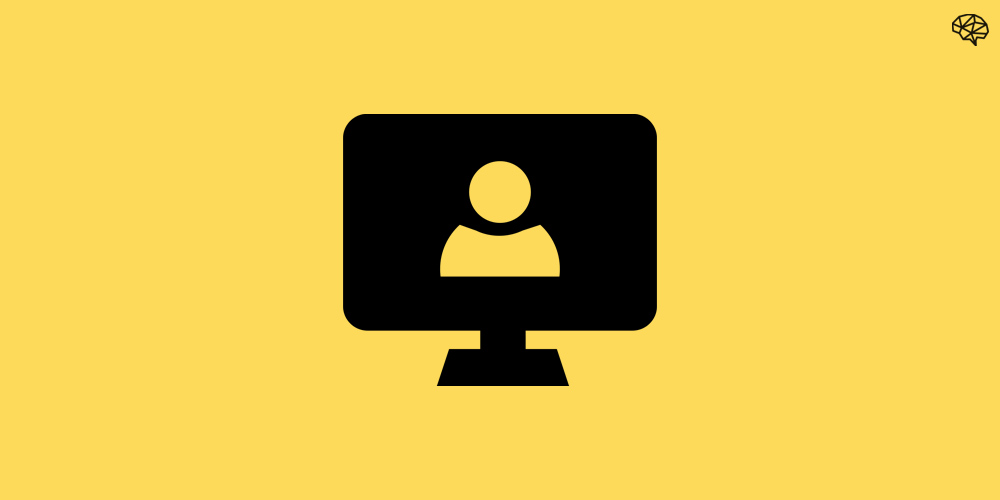Nobody seems to like meetings. #couldofbeenanemail 📧
This is likely because most meetings suck. The wrong people are invited, there’s little to no meeting agenda, and often it’s done more out of routine instead of necessity. But it doesn’t have to be this way.
A well structured meeting is still the most efficient way for you and your team to discuss problems and resolve issues 💯.
While there are many way to structure a meeting, I want to show you the meeting agenda template we’ve used over the years to build an 8 figure business.
I think you’ll be surprised at just how simple it is. Let me show you.
Quick backstory
Before 2016, we had no meeting structure. Zero. In those early days at Crossrope we winged it. We jumped on impromptu calls as needed and made things work.
In 2016, our CEO Dave and I met up in San Diego to take our first stab at running through and implementing this thing we found called EOS.
The Entrepreneurial Operating System – which you can learn all about in Gino Wickman’s book Traction – is a toolbox for entrepreneurs. It’s a framework and a system that gives structure to your business.
And it was a game-changer for us.
We slowly implemented each tool, first building out a scorecard, then moving on to a Vision Traction Organizer, then building out an Accountability Chart.
And then there it was, just sitting there at the bottom of the toolbox – the Level 10 Meeting Agenda. We’ve used it to power our meetings ever since.
The Level 10 Meeting Agenda Template
How would you rate your meetings?
If, at the end of your meeting, you asked every participant to rate the meeting on a scale of 1 to 10, would you score a perfect 10? That’s the question posed by Gino Wickman in EOS. And his findings were quite interesting.
“The response is almost always a 4 and a 5. That is simply not good enough. Most meetings in business are weak and not very productive. By implementing the ingredients of the Level 10 Meeting, you will raise that rating up to a 10.”
– Gino Wickman, Traction
The Level 10 Meeting was originally designed for the leadership team to stay on top of the most important parts of the business. At Crossrope, we’ve applied the template to all our departmental and direct report meetings as well.
Every effective meeting must have an objective 🎯. Some meetings are designed for brainstorming new ideas. Others are about reviewing a project status. With the Level 10 meeting, the objective is simple: solve issues.
Here’s the simple Level 10 meeting structure:

In total, the Level 10 meeting is 90 minutes long with a bulk of it reserved for the IDS, Identify Discuss Solve. Let’s look at each section.
Segue – 5 min
Start the meeting with some positive news to set the vibe.
In our leadership meeting, each person shares a little personal or professional win. Usually it’s a story that happened over the weekend, a cool new show someone is watching, or some new milestone someone’s little one achieved.
It helps set the tone, build rapport, and establish personal connections.
Pro tip - depending on your team size and dynamics, the segue minutes can really add up. If you can do it effectively in under 5 minutes, do it. Otherwise, cut it from the meeting and look for other places for rapport building.
Scorecard – 5 min
Now it’s time to review your scorecard as a team.
If you don’t have a scorecard, create one. Your team / organization needs to know what your primary KPIs are and should track them weekly to ensure you’re on track to hit your goals. You can easily do this in a spreadsheet.
The objective here is to run through your most important numbers and identify the ones that are off track and need discussion. Not every number that’s off track needs discussion. It’s on each individual to flag the ones that do.
Pro tip - you must avoid discussing any numbers here. It's very easy to get into a discussion around a number in the scorecard and then go off on a tangent. Stay disciplined and keep the discussions for later.
Rock Review – 5 min
Whether you use rocks from EOS or OKRs or another method to define measurable goals and track their outcomes, this is the place to review them.
Once again, it’s a quick run through of each key objective/rock. Each individual runs through their own objectives and identifies what’s on track or off track. Anything that is off track and/or worthy of discussion gets brought down.
Customer / Employee Headlines
This is a place to highlight any headlines or issues that specifically pertain to customers and employees.
Highlight a NPS response.
Highlight a concern someone has with an internal policy.
Highlight a recruiting win or challenge.
Highlight a win/challenge with a client.
Again, it’s not a place to discuss but to highlight any identify anything that warrants further discussion. Bring those items down to IDS.
To-Do List – 5 min
This is a quick run-through of the to-do list from last week’s meeting.
Is everything done? If yes, cross each item out and move on. If no, see if there are any roadblocks that need further discussion in IDS or if the task needs to be pushed to the following week. Keep them on the list for accountability.
IDS – 60 min
This is where the bulk of your time will be spent in a Level 10 meeting – Identifying, Discussing, and Solving issues (IDS). Remember, effective marketing and leadership meetings are about solving problems.
“A weekly Level 10 Meeting keeps you focused on what’s important, helps you spot developing problems, and then drives you to solve them. What makes for great meetings is solving problems.“
– Gino Wickman, Traction
By the time you get to this section, you’ll likely have a long list of issues. Some you’ve brought down from earlier parts of the meeting. Some you’ve brought to the meeting beforehand (as part of your prep).
Take a few minutes as a team to order the issues from most to least pressing. It’s important to put them in order of priority because it’s very unlikely you’ll get to every issue on your list.
Start at the very top issue and work on it as a team until you feel you’ve resolved it as best as possible. You’ll likely have some notes and to-do items for next week that come out of the discussion. That’s what you want – an action plan.
Move through your prioritized issue list until your 60 minutes are up.
Pro tip - you'll find sometimes when you discuss and resolve a larger more pressing issues, some of the smaller ones further down the list also get resolved.
Conclude – 5 min
Take the last few minutes of the meeting to review all of the action items that have come from the meeting and agree on the action plan.
One individual from the team should send a follow up note to everyone who was in the meeting with a list of all action items and a list of all the issues that didn’t get discussed (for reference).
Lastly, take a minute to have everyone score the meeting out of 10. The goal should be for everyone to score an 8 or higher. If you’re consistently scoring below 8, that’s an issue to discuss.
How to Conduct a Solid Level 10 Meeting
Here are some ground rules I like to follow after running Level 10 meetings for over 5 years:
- Have the meeting at the same time on the same day every week – schedule a recurring weekly meeting for your team in your calendar. And don’t cancel or reschedule even if people will be absent. Keep the train moving as much as possible.
- Start on time and end on time – it’s important to start the meeting on time every week and end it on time (even if you haven’t run through all your issues).
- Prepare for the meeting – before the meeting, each person should review their scorecard numbers, their rocks/OKRs, and list out their issues (ordered from most important to least) in the IDS section.
- Stick to the agenda – don’t deviate too far from the agenda and don’t take longer than necessary in the early sections. Get to IDS quickly.
- Have someone ‘run’ the meeting – have one person share their screen, take good notes, and send follow up meeting notes and action items.
- Rate your meetings – many times we’ve skipped this section and come back to it, but you want to stay consistent with rating. Challenge everyone on the team to give honest meeting ratings so you can make improvements along the way.
Level 10 Meeting Modifications
When we first started running Level 10 meetings, there were only three of us on the team. It was easy to get through all the sections within the allotted time and stay disciplined to the EOS guidelines.
But as the team grew and the dynamics started to change, we could no longer get through every section in a timely manner, especially in our departmental meetings. The template started getting too rigid.
While some EOS die-hards will disagree, I think it’s OK to modify the Level 10 meeting agenda to suit your needs. It’s OK to experiment.
As our marketing team grew to over 10 people, we couldn’t get through segues in time, so we cut them out. We also couldn’t fit everything into one 90 minute session, so we broke it out into two separate meetings. Some sections no longer added value to our meeting, so we replaced them with something more valuable. Some participants felt they didn’t need to be there for issues that didn’t pertain to them, so we let individuals drop off once all issues pertaining to them were discussed.
Ultimately, any modification you make to the meeting agenda should help move you and your team closer to a 10/10 meeting.
The Level 10 meeting template is a fantastic foundation to build on top of. Once you’ve used the original structure for some time and feel comfortable with it, you can (and probably should) make adjustments to fit the dynamics of your team.
Just never forget the objective of the meeting: to solve problems. As long as the bulk of your time is spent solving problems, you’re on the right track.
Level Up Your Meetings
If you’re looking for a meeting agenda template to use with your leadership or marketing team, I encourage you to try the Level 10 meeting framework.
It has all the fundamentals of an effective meeting and is really easy to tweak and adjust to suit your needs. It works beautifully for in-person, hybrid, and fully remote meetings so it’s very adaptable.
If implemented the right way, it can make meetings more engaging, more effective, and more enjoyable. Isn’t that how meetings should be 🤔?
Now go level up those meetings.
✌




